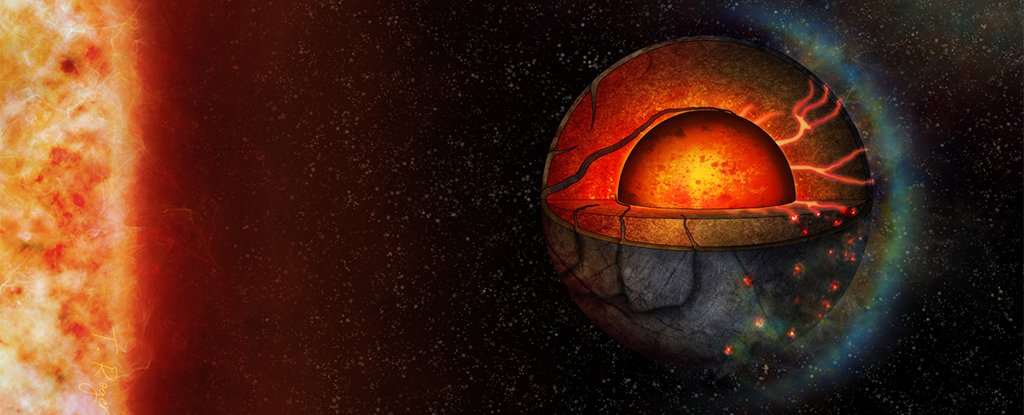
That evidence is a set of advanced simulations based on observations of the rocky planet LHS 3844b, which is slightly larger than Earth. Importantly for this particular piece of research, it doesn’t look as though the exoplanet has an atmosphere.
That leaves half of LHS 3844b permanently exposed to its sun and could mean temperatures of up to roughly 800 degrees Celsius (1,472 degrees Fahrenheit) on the ‘daytime’ side, and about minus 250 degrees Celsius (minus 418 degrees Fahrenheit) on the ‘night-time’ side.”We thought that this severe temperature contrast might affect material flow in the planet’s interior,” says astronomer Tobias Meier, from the University of Bern in Switzerland.
Based on phase curve o...
Read More





Recent Comments